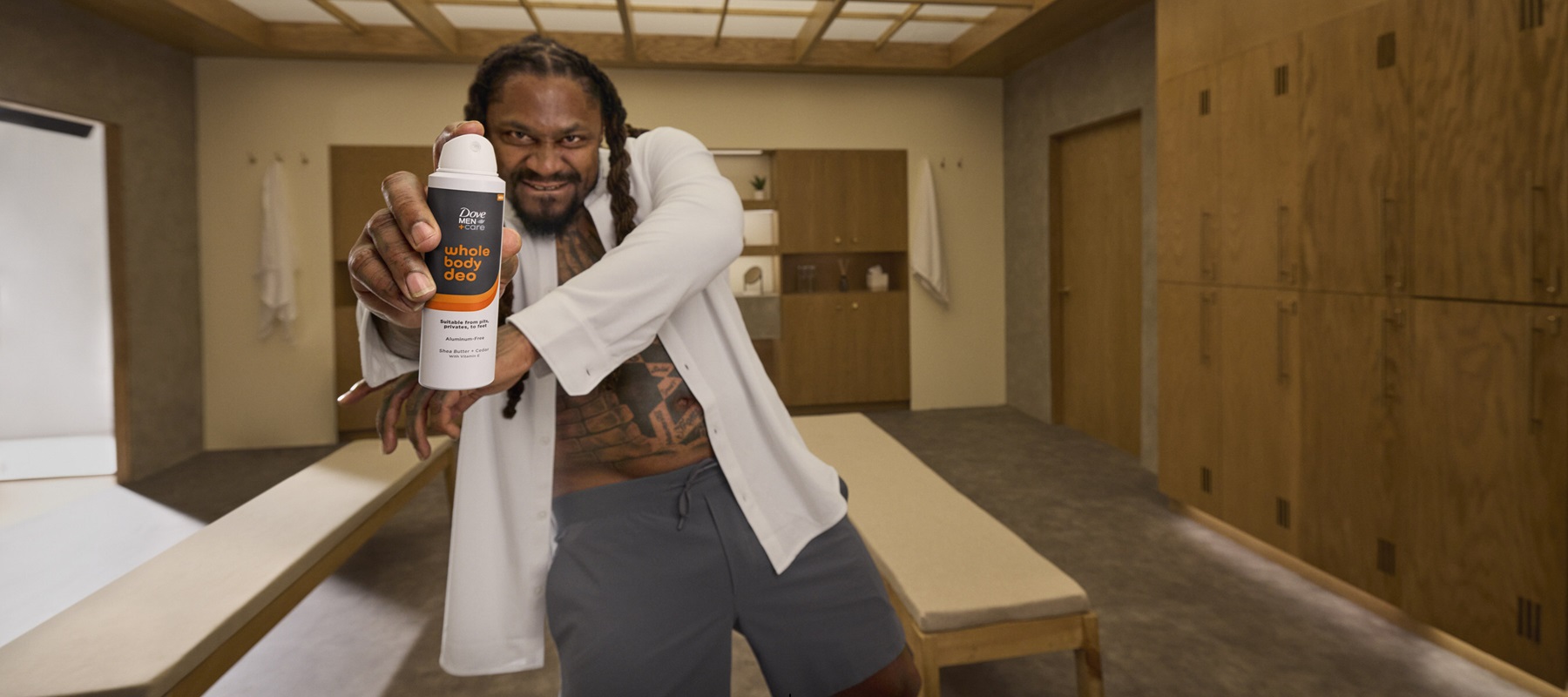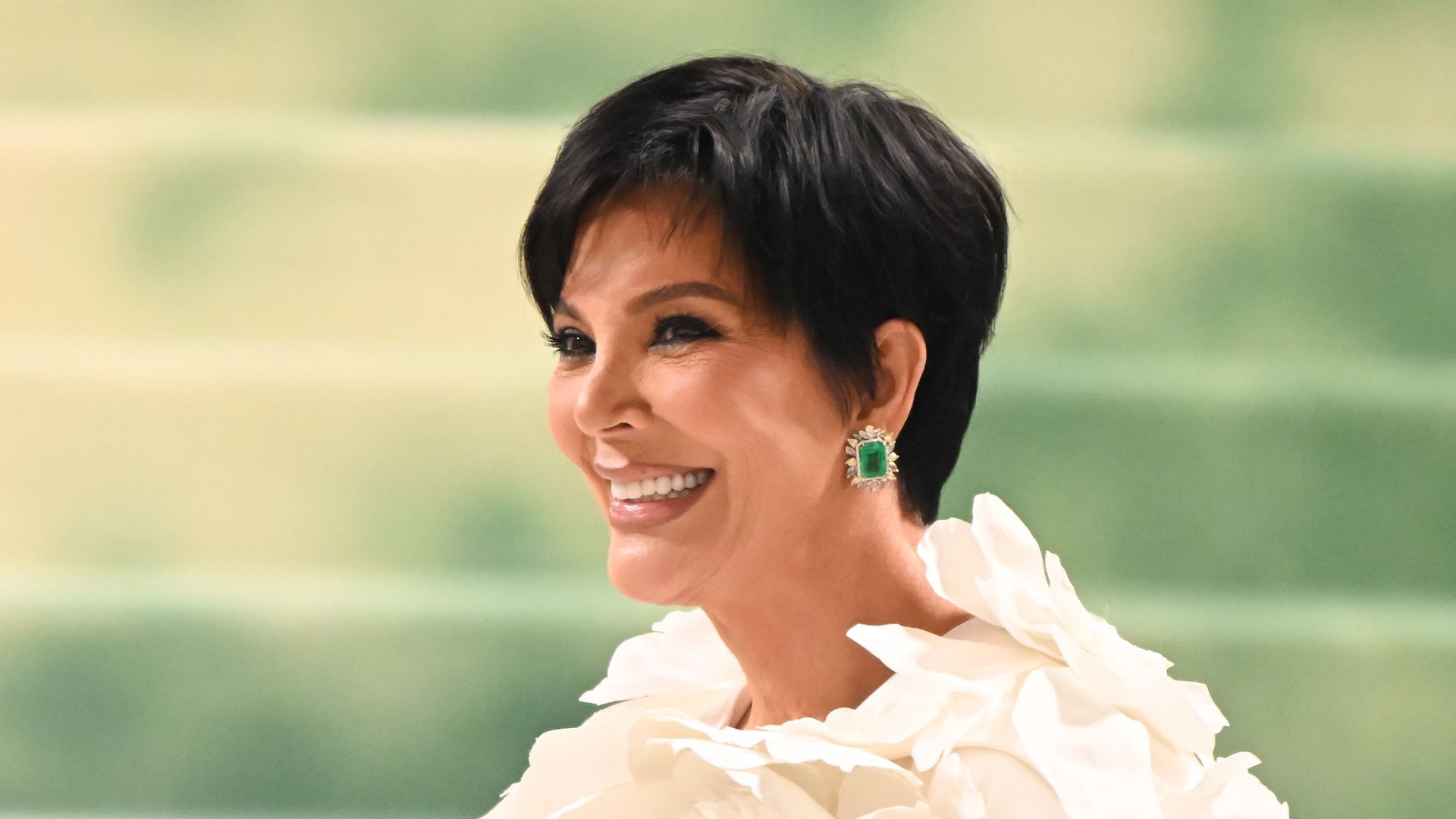Investors smell opportunity as men’s grooming triggers a gold rush

Just days apart, Godrej Consumer Products Ltd (GCPL) acquired Mumbai-based men’s grooming brand Muuchstac in a ₹450-crore deal, while Bombay Shaving Company raised ₹136 crore from new investor Sixth Sense Ventures and former cricketer Rahul Dravid.
Deals in the segment have more than doubled to $85 million so far in 2025, compared to 2023, according to data by Venture Intelligence. Nearly 66 deals have been inked in the past five years, including VC-PE (venture capital-private-equity) investments, as well as acquisitions by large consumer companies.
Firms are now focusing on a few fast-moving and premium products like facewash and trimmers, instead of spreading themselves too thin across categories, betting that rising consumer experimentation will bolster growth.
Ustraa, another men’s grooming products retailer, which was acquired by wellness and beauty services provider VLCC in June 2023, is sharpening focus on premium products like perfumes and hair growth oils, emphasizing that it has helped boost average order values, its co-founder Rajat Tuli told Mint. “We’re seeing men show more interest in what and why they want to buy a wellness product. Intentional purchases in niche categories like perfumes are helping increase frequency of purchases as well.”
As it prepares for a public-market listing “soon”, Bombay Shaving Company is keeping the competitive prices of its grooming tools like trimmers and shaving kits at the centre of its strategy, especially as the market remains dominated by a few large brands like Gillette and Philips. “Focusing on fast-evolving consumer needs, designing high-quality products at competitive prices, and building the brand remains core to what we do. We intend to continue this performance and take the company public soon, the idea is to do it sooner rather than later,” said Shantanu Deshpande, founder and chief executive officer (CEO) of Bombay Shaving Company, which sells grooming products for men and women.
These moves underscore a shift in how the industry views the men’s grooming market. Once dominated by a handful of mass products like razors, deodorants, and basic facewashes, the segment is expanding into higher-value segments such as skincare, beard care, fragrances, and premium hair styling.
Acquisitions by large consumer goods companies suggest that the men’s grooming category has entered an early phase of maturity, supported by stronger demand signals and more predictable consumption patterns, said Ankur Bisen, senior partner at market research firm The Knowledge Company.
Emami Ltd., which owns The Man Company, told analysts in its September-quarter earnings call that it plans to accelerate product launches in what it described as an “under-exploited and under-penetrated” category.
Gen Z drive growth
A key driver of this transition is the changing behaviour of male consumers themselves. Over the past few years, young men, especially urban millennials and Gen Z, have shown greater willingness to experiment with new formats, adopt multi-step routines, and invest in product categories earlier seen as discretionary, according to Madhur Singhal, managing partner (consumer and internet) at consulting firm Praxis Global Alliance.
The rise of ingredient-led communication such as salicylic acid for acne, niacinamide for dark spots, biotin for hair health has pushed products closer to the language of skincare and wellness, rather than simple grooming. This aligns with a broader cultural shift that men are becoming more aware of skin and hair health and less hesitant to spend on themselves.
“Millennials and GenZ men are driving disproportionate demand because they are more outgoing, more exposed to new brands and more willing to experiment,” Singhal noted.
Discovery led by social media, influencer-driven education, and a deeper acceptance of personal care among men have expanded the market beyond the basics. The growth is no longer limited to metros. Tier-2 and tier-3 cities are also contributing meaningfully, bolstered by e-commerce penetration and quick commerce platforms that boost trial and impulse purchases.
According to Ustraa’s Tuli, adoption of grooming products in India’s small towns is picking up slowly, as grooming still remains a largely discretionary category. But younger consumers continue to drive first-time as well as repeat purchases, according to Tuli.
Catching up
However, legacy firms still have a commanding scale. For example, Gillette India reported a revenue of about ₹2,235 crore for the year ended March 2025, with a net profit of around ₹418 crore. On the other hand, Philips India’s reported standalone gross income of about ₹6,630 crore, with a net profit of roughly ₹309 crore. It is not known what part of Philips India’s revenue comes from grooming products.
Meanwhile, new-age players are burning cash to keep up. Ustraa’s operating revenue in FY24 declined 3% to ₹94, crore while losses widened to ₹50 crore from ₹40 crore in FY23 in a fiercely competitive market. Bombay Shaving Company, on the other hand, saw its operating income grow 27% to ₹225 crore, while losses narrowed to ₹62 crore during the year. Expenses for the Mumbai-based company, however, rose 12% to ₹295 crore.
Large FMCG and consumer electronics companies already dominate men’s grooming and adjacent segments, indicating how much ground new entrants must cover before they reach any meaningful scale, The Knowledge Company’s Bisen said. Moreover, new-age brands are bound to spend heavily on marketing and offline expansion, which could further dent bottomlines in the medium term.
Many companies offer similar product formats, ingredient lists, and visual identities, leading analysts to expect a wave of consolidation over the next two to three years. “Companies with strong offline distribution, clear brand positioning, or specialised product focus are more likely to endure, while undifferentiated brands may find it hard to sustain the momentum,” Bisen noted.
Analysts also estimate that there is no room for new entrants, leaving existing players to find their niche and build on it.
link





)

